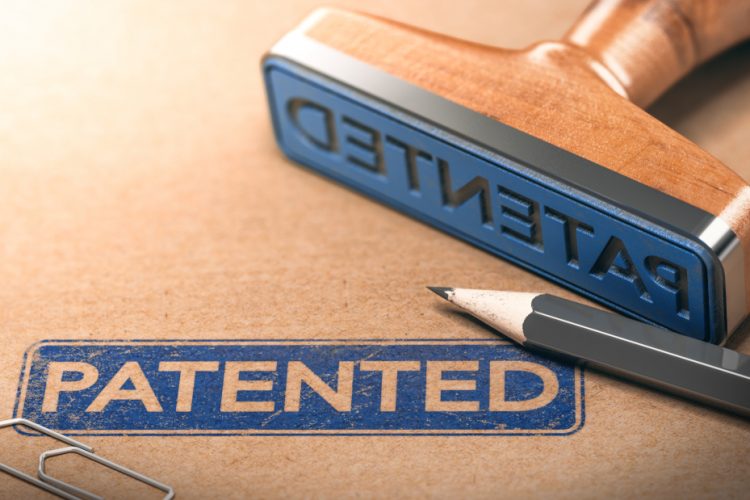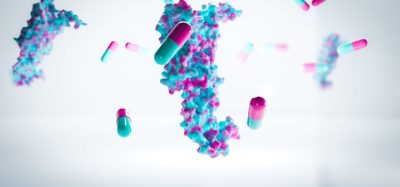US grants new patent targeting major neurodegenerative diseases
Posted: 2 July 2021 | Hannah Balfour (European Pharmaceutical Review) | No comments yet
Alterity Therapeutics have been granted a patent for compounds able to redistribute excess iron in the brain being developed as a treatment for neurodegenerative diseases including Alzheimer’s and Parkinson’s.


The United States Patent and Trademark Office (USPTO) has granted Alterity Therapeutics a new composition of matter patent securing a broad monopoly over a new class of iron chaperones, a technology capable of redistributing excess iron in the central nervous system.
Excess iron in the brain is implicated in the pathology of many common neurodegenerative diseases, including Alzheimer’s and Parkinson’s diseases (AD and PD, respectively). The structural backbone depicted in the patent provides the foundation for small molecule drug candidates with potential to cross the blood brain barrier and redistribute the labile iron implicated in neurodegeneration.
The patent is entitled “Compounds for and Methods of Treating Diseases” (Application No. 16/818,641). It covers more than 150 novel pharmaceutical compositions and confers 20 years of exclusivity, providing a strong basis for drug development and commercialisation in major neurodegenerative diseases.
The company’s lead clinical candidate ATH434 is a small molecule drug being developed for Multiple System Atrophy (MSA), a form of atypical parkinsonism where iron plays a key role in pathogenesis by promoting α-synuclein aggregation. It has been granted orphan drug designation for the treatment of MSA by the US Food and Drug Administration (FDA) and the European Commission (EC) and is expected to enter a Phase II trial by the end of 2021. The enterprise said the results of this trial and the scientific investigation of ATH434 will augment the development and optimisation of novel compounds expected to emerge from the new patent.
Alterity’s Chief Executive Officer, Dr David Stamler commented: “This new patent is an important part of our corporate strategy to expand our portfolio of potential disease modifying treatments for neurodegenerative diseases affecting many individuals. The newly covered compounds target excess brain iron that is increased in these conditions and we hope to identify a new clinical candidate by the time we get results from our lead clinical programme.”
The company is also pursuing patent protection in other jurisdictions.
Related topics
Related organisations
Alterity Therapeutics, The European Commission (EC), US Food and Drug Administration (FDA), US Patent and Trademark Office (USPTO)
Related drugs
Related people
Related diseases & conditions
Alzheimer’s disease, Multiple System Atrophy (MSA), Parkinson's disease









